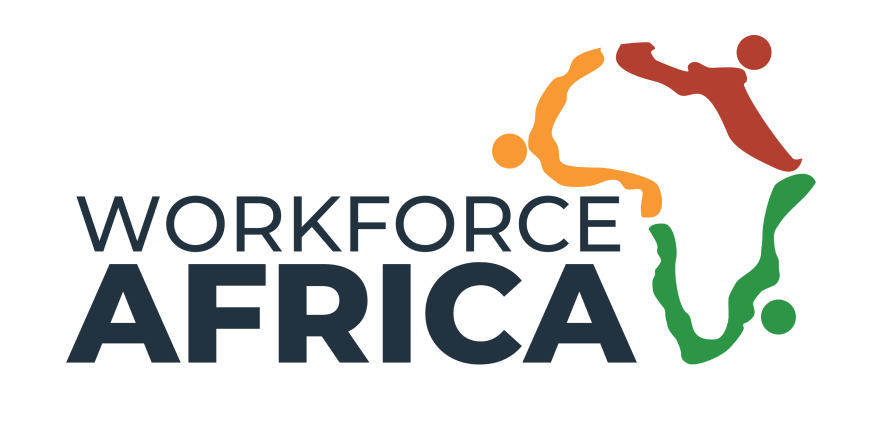Growing a business to the point of profitability in Nigeria is complex enough. If you add the energy required to manage employees and remain free from business litigation, it could amount to a lot of pressure for business leaders to keep things running smoothly.
Regardless of how tough it may be to keep the ship sailing, organisations cannot afford to drop the ball and open themselves to business litigation from other parties, including their employees.
This is why you need to minimise risk in all aspects of your business by taking a moment to familiarise yourself with the most common sources of business-related litigation to protect your company.
Below are three areas prone to business litigation for your organisation and tips to avoid them:
3 Common Areas of Business Litigation in Nigeria
1. Termination of Employment
To stay ahead of the compliance game and remain business-litigation free, you need to know what you legally can or cannot do when firing employees.
This is because the termination of private employment is one of the most frequent causes of litigations in Nigeria and an area that requires close attention.
Before the enactment of the Constitution of the Federal Republic of Nigeria (Third Alteration) Act 2010, employers could validly terminate private employment for a good reason, a bad one, or no reason at all – as long as they complied with the termination procedure specified in the employment contract.
In that regime, employees could not latch on constructive dismissal as a valid ground for pursuing wrongful dismissal claims.
Today, however, the National Industrial Court of Nigeria (“NICN”) has introduced radical changes to the rules guiding the termination of private employments in Nigeria.
Employers must now furnish justifiable reason(s) if the termination of an employee’s employment is to be valid. In addition, constructive dismissal is now also recognised by the NICN as valid grounds for pursuing a wrongful dismissal claim.
How to Avoid this Litigation:
The implications for employers are that to terminate employees, they must:
- Strictly comply with the termination procedure provided in the contract of employment (including the notice period); and
- Provide a valid and justifiable reason for the termination.
A breach of the contractual procedure for terminating employees’ appointments will amount to wrongful dismissal. In the same way, negligence to provide a valid and justifiable reason for termination will amount to unfair dismissal.
Both infractions will expose you to liability in damages to private employees. However, unfair dismissals generally attract a higher degree of liability in damages.
To learn more about how to protect your organisation in this regard, you may wish to read our post on Terminating for poor performance – 5 crucial steps employers must take before making a move.
2. Harassment and Discrimination
Putting mechanisms in place to forestall claims of harassment and discrimination is another crucial way to protect your organisation from business litigation.
Most times, when employees sue their organisations for issues of discrimination and harassment, the offender is typically a manager or supervisor. The company may be innocent of the wrong claimed, however, that doesn’t protect the company from being sued.
Legal action will be directed at the company because of the principle of ‘vicarious liability’, a situation in which one party is held partly responsible for the unlawful actions of a third party.
How to Avoid this Business Litigation:
In instances of harassment and discrimination, the only way to protect yourself as an employer is to institute regular HR compliance training in your organisation.
By demonstrating to the regulatory agency that you have actively tried to prevent harassment and discrimination in your company through employee education, you may reduce your likelihood of being held liable.
However, you must have tangible proof to vindicate your organisation. Therefore, keeping thorough documentation of those training is crucial to reducing your liability.
Other ways to forestall cases of discrimination and harassment include:
- Holding your managers to a much higher standard than that laid down for non-managerial employees.
- Implementing a non-discrimination policy in your organisation
- Publicising the procedure to formally report actual or potential instances of discrimination, victimisation and bullying in your organisation.
- Dealing decisively with reported cases of harassment and discrimination.
3. The Provision of a Healthy and Safe Workplace

As can be expected, Nigerian law places a responsibility on the employer to provide safe and healthy working conditions for their employees; this includes providing hazard information, proper safety equipment, training, and competent supervision.
The fact is that the issue of employer liability will always crop up if an employee is hurt on the job. Depending on the circumstances, employees can institute a civil action in court against employers with negligence claims.
It is important also to note that the issue of vicarious liability also plays out in cases where the negligent act of a co-employee caused injury to another employee. Your company may face a lawsuit and an investigation into the reason for the accident.
However, making certain that immediate medical attention is provided for the worker by any medical professionals at your workplace will help minimise your exposure to additional business litigation.
How to Avoid this Litigation:
To protect your organisation, be sure to present your employees with a copy of your safety expectations. In industries especially prone to accidents, a printed manual needs to be augmented with video training on safety procedures and testing to verify that the worker understands the requirements.
After safety training is concluded, ask employees to sign a form agreeing to comply with safety rules.
In Conclusion
When it comes to protecting your organisation from business litigation, you may not be able to eliminate your risks 100 per cent.
However, you can greatly reduce it by staying cognizant of what the law requires in every instance and putting the relevant infrastructures in place to comply. This includes providing a detailed employee handbook that outlines your processes, procedures and guidelines.
It’s also vital to include HR compliance training as a part of your onboarding process for new employees. Keeping all your employees informed on compliance issues will protect you significantly.








